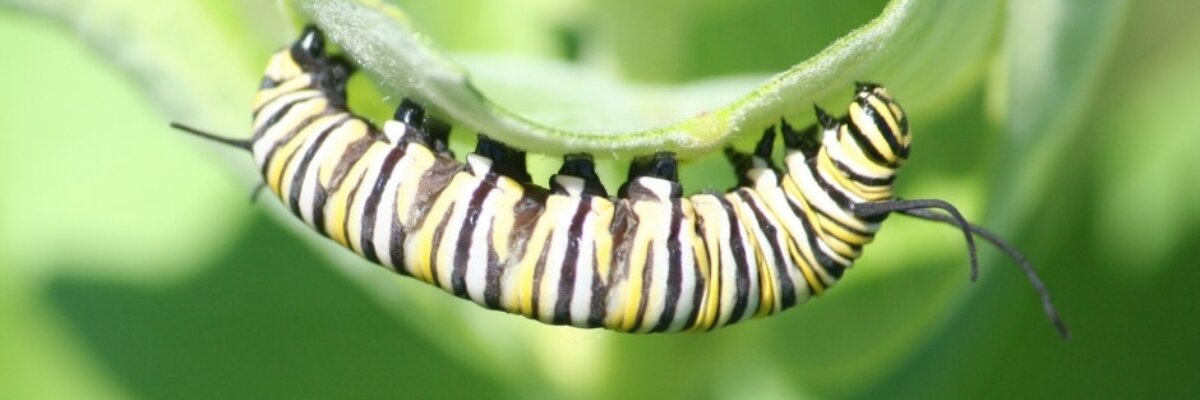
Are invasive plants a threat to monarchs?
Invasive species do not typically pose a direct threat to monarchs, with the exception of two species of invasive swallow-wort, which can serve as a "sink". These species, black swallow-wort (Cynanchum louisea) and pale swallow-wort (Cynanchum rossicum) confuse egg-laying females; if a female monarch oviposits (lays eggs) on these species, mistaking them for milkweed, the caterpillars will not survive because the swallow-wort is not a viable food source for them. While not a widespread invasive across North America currently, it is important to understand and control these invasive species to minimize their risk to monarchs. Other invasive plants can also cause concern for monarchs. While some invasive species may provide an abundance of nectar for monarchs and other pollinators during certain times of the year, if left uncontrolled invasive species can be extremely detrimental to the long-term viability of a habitat. Invasive species may out-compete other natives and decrease the overall diversity at the site. This could reduce or eliminate milkweed that is present at a site and could decrease the diversity of nectar resources that are available throughout the growing season. Control of non-native invasive species in a habitat is recommended to ensure monarch habitat exists for a long time!
